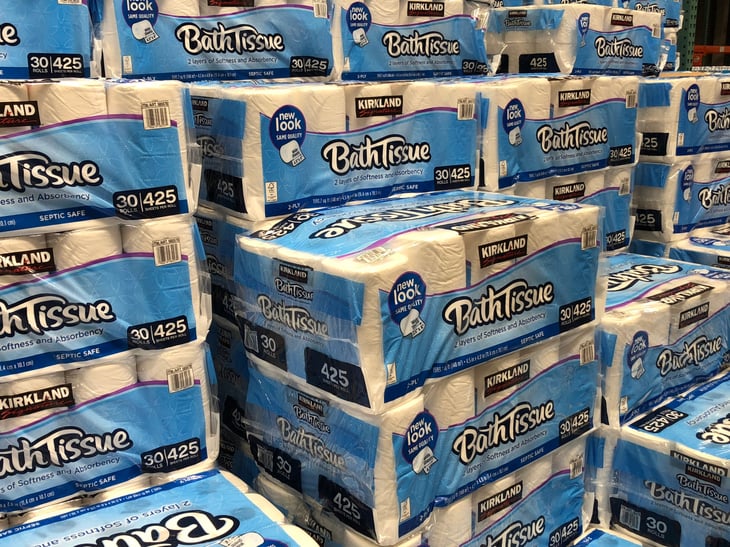
Gently rising inflation causes people to trim the little luxuries from their lives. But when the trend of increasing costs gets really bad — like “once in 40 years” awful — it is time to cast a wary eye toward the staples in your life.
That is where millions find themselves today.
The Wall Street Journal recently reported that increasingly desperate shoppers are now finding ways to cut back on groceries and basic household goods in the hope that doing so will help them stay within their budgets.
Following are some of the ways shoppers are making hard choices about day-to-day necessities.
1. Buying smaller quantities

It’s hard to live without toothpaste, diapers and pasta noodles. For millions of households, these goods and others like them are necessities, not luxuries.
But while you cannot eliminate such items from your budget, you can buy them in smaller quantities which often come with smaller price tags. Although such a move only temporarily delays future spending, it can be a crucial tool when your check starts running out but the expenses keep piling up.
2. Switching to store brands

People are rediscovering their love of generic products — or, at least, the price tag attached to them.
The WSJ reports that after two years of losing market share, private-label brands have begun to rebound. If you want to join this trend, check out “32 Products You Should Always Buy Generic.”
Also read:
3. Rigorously hunting for deals

When prices start rising, the fabulously frugal among us do not despair. Instead, they relish the challenge — and the opportunity to put their well-honed bargain-hunting skills to work.
Long-time cheapskates are intimately familiar with old-school methods such as flipping through ads to find items on sale or driving down prices by applying paper coupons to their purchases.
But in the 21st century, using apps such as Ibotta can help you save even more.
4. Trading down

As the cost of purchasing staples and other goods grows, our expectations shrink.
The Wall Street Journal reports that Crystal Philips of Adams, Massachusetts, has cut her costs by switching from $7-a-bottle Tide detergent to Purex, which costs $2.50 at a Dollar General.
Philips’ verdict? “It doesn’t smell as nice,” she tells the WSJ. “But I’m more concerned with feeding my family.”





Add a Comment
Our Policy: We welcome relevant and respectful comments in order to foster healthy and informative discussions. All other comments may be removed. Comments with links are automatically held for moderation.